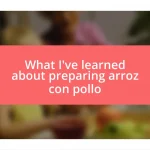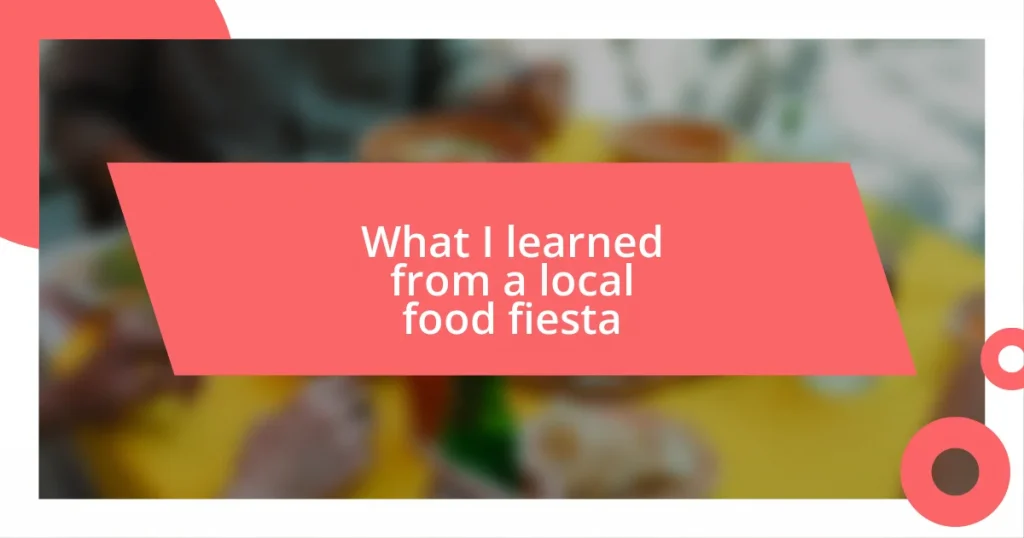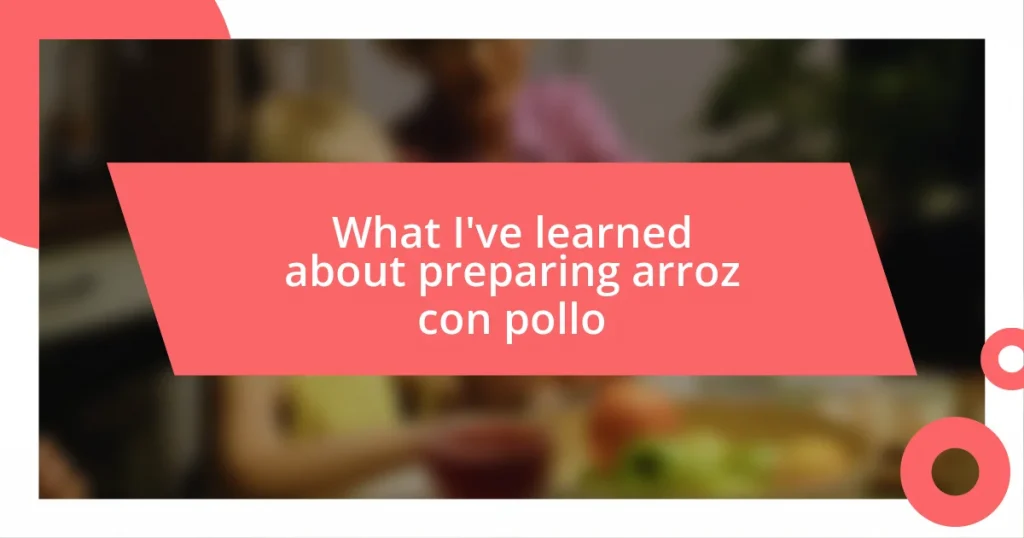Key takeaways:
- Local food culture involves exploring the stories, connections, and history behind traditional dishes, enhancing the sense of belonging.
- Traditional cooking methods, such as open-fire grilling and clay pot slow-cooking, enhance flavors and create unique culinary experiences.
- Fermentation is a vital cooking technique that transforms ingredients into complex, delicious dishes, crucial for preserving culinary traditions.

Understanding local food culture
Understanding local food culture goes beyond just tasting delicious dishes. It’s about uncovering the stories behind each meal, connecting with the people who prepare them, and appreciating the history embedded in every bite. I remember sitting at a rustic table during the fiesta, surrounded by friendly faces eager to share their culinary traditions. It made me wonder—what makes a dish truly local?
As I savored a homemade tamale, I realized how each ingredient reflected the region’s climate and agricultural practices. The corn used, for instance, wasn’t just any corn; it represented generations of farming that shaped the community. Isn’t it fascinating how food can be a window into a culture’s past and present?
Participating in the local food fiesta opened my eyes to the deep sense of pride people take in their culinary heritage. I found that food wasn’t merely sustenance; it was a way for families to share their love and identity with others. Reflecting on this experience, I began to appreciate how local food culture fosters not just flavors but a sense of belonging and connection among those who gather to enjoy it together.

Cooking methods that impressed me
One cooking method that truly left an impression on me was the art of open-fire grilling. Watching seasoned chefs expertly manage the flames evoked a sense of nostalgia—it reminded me of summer barbecues from my childhood. They demonstrated how the smoky flavor infused the meat with a deep, rich taste that you simply can’t replicate indoors. Can you imagine the mouthwatering scent wafting through the air as the food sizzles?
Another technique that caught my attention was the use of clay pots for slow-cooking stews. The way the pot retains heat not only enhances the flavors but also creates a unique texture that you don’t find with modern cookware. When I tasted a slow-cooked stew that had simmered for hours, the tender meat melted in my mouth, and the spices seemed to dance harmoniously on my palate. It made me think—how often do we take the time to savor food that’s been made with such care?
Lastly, I was particularly fascinated by the practice of fermentation. I watched as vendors explained how ingredients like vegetables could transform into gut-boosting delights through time and patience. Trying a fermented dish for the first time was eye-opening; the tangy flavor was unlike anything I expected. It whisked me away on a culinary journey, prompting me to consider how traditional methods like these are crucial in preserving flavors and cultures. Isn’t it amazing how something as simple as letting the ingredients sit can create such complexity?















